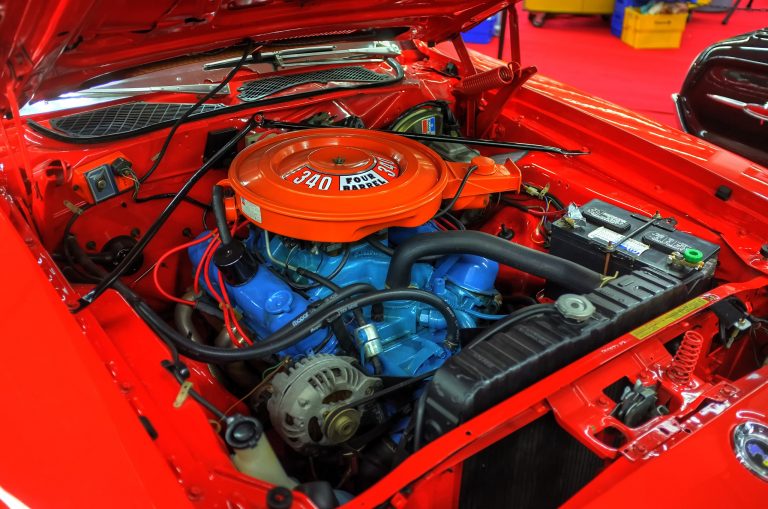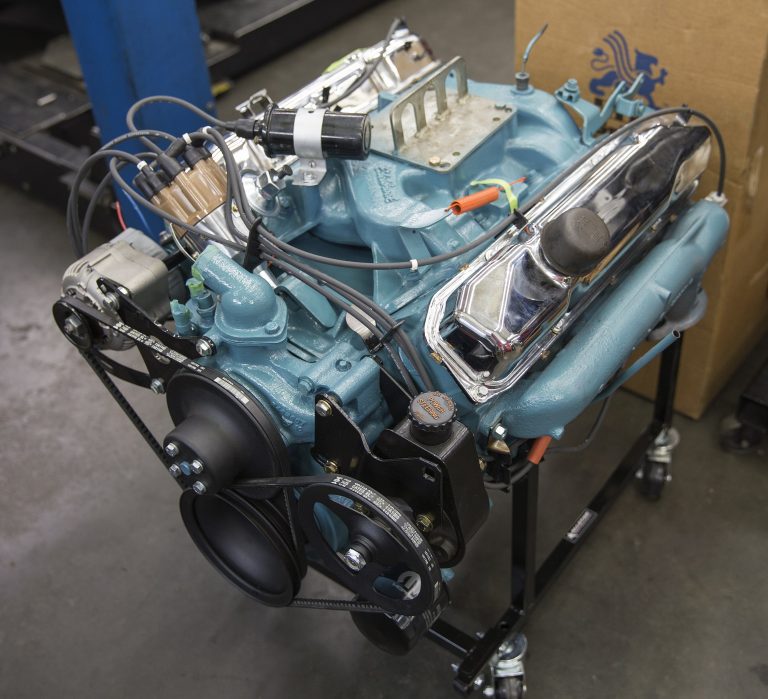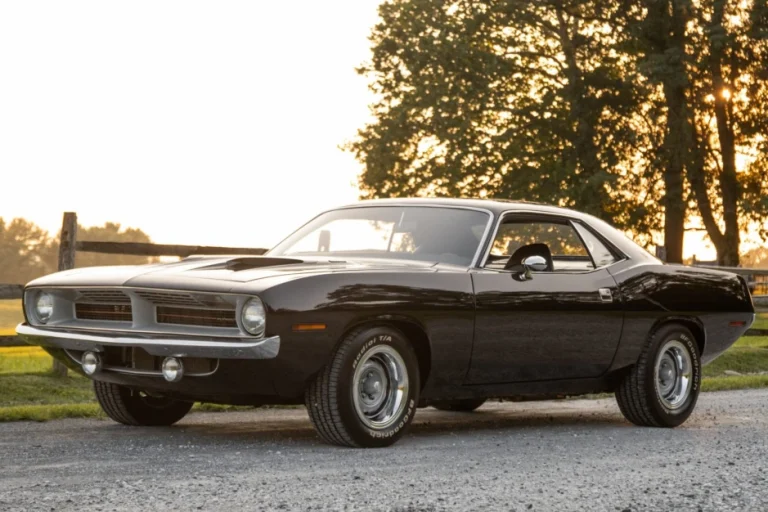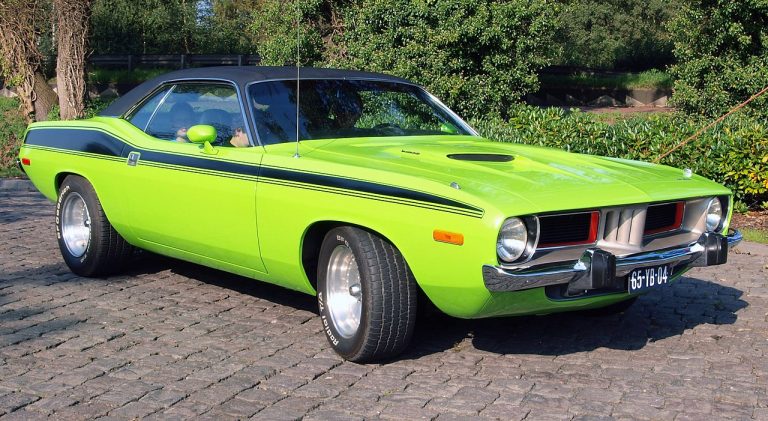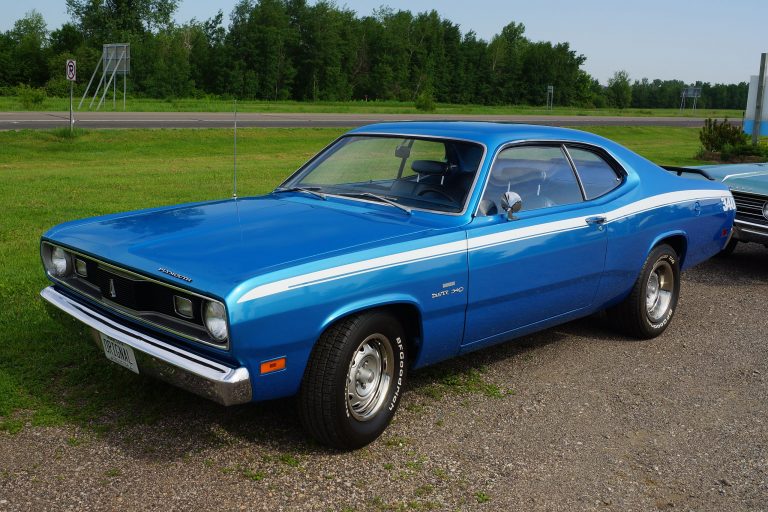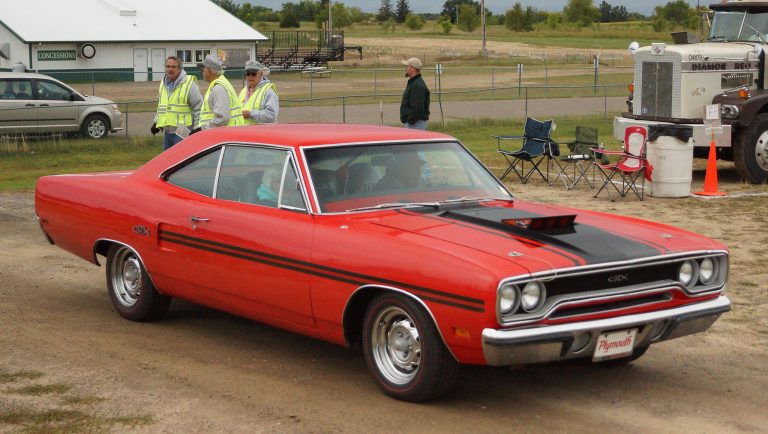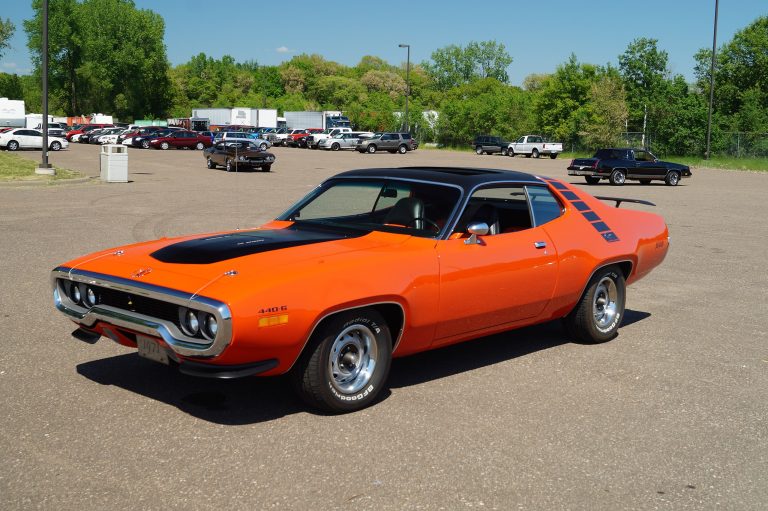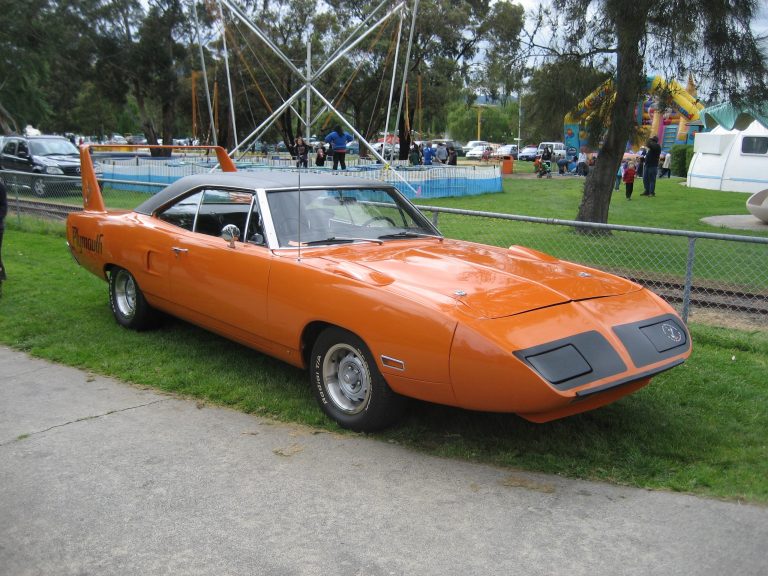Ultimate Chrysler 340 Engine Guide
Known by many as the “Giant Killer,” the Chrysler 340 V8 engine is one of the most iconic and legendary muscle car engines ever. Even though it was a small-block only displacing 340 cid, it would take down 400+ cubic inch big-blocks with ease. This was especially true for the 1970 “Six-Pack” 340 inside the…

